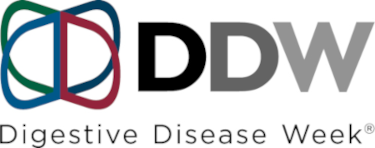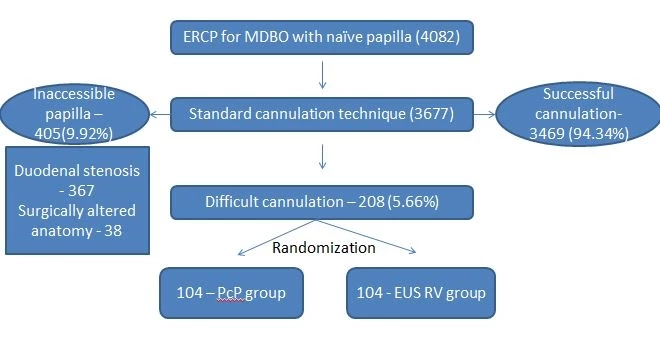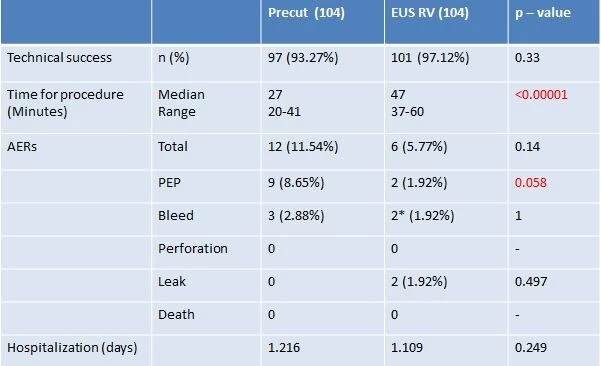1008
PROSPECTIVE RANDOMIZED COMPARISON OF PRECUT PAPILLOTOMY(PCP) AND ENDOSONOGRAPHY GUIDED RENDEZVOUS(EUSRV)PROCEDURE FOR BILE DUCT ACCESS IN PATIENTS WITH DISTAL CBD OBSTRUCTION AND DIFFICULT CBD CANNULATION
Date
May 21, 2024
Tracks
Related Products
EUS-GUIDED BALLOON OCCLUDED GASTROJEJUNOSTOMY BYPASS (EPASS) VERSUS DUODENAL STENT FOR UNRESECTABLE MALIGNANT GASTRIC OUTLET OBSTRUCTION (DRA-GOO)
EUS-guided gastroenterostomy (EUS-GE) is a novel method for palliating gastric outlet obstructon due to unresectable malignancies…




